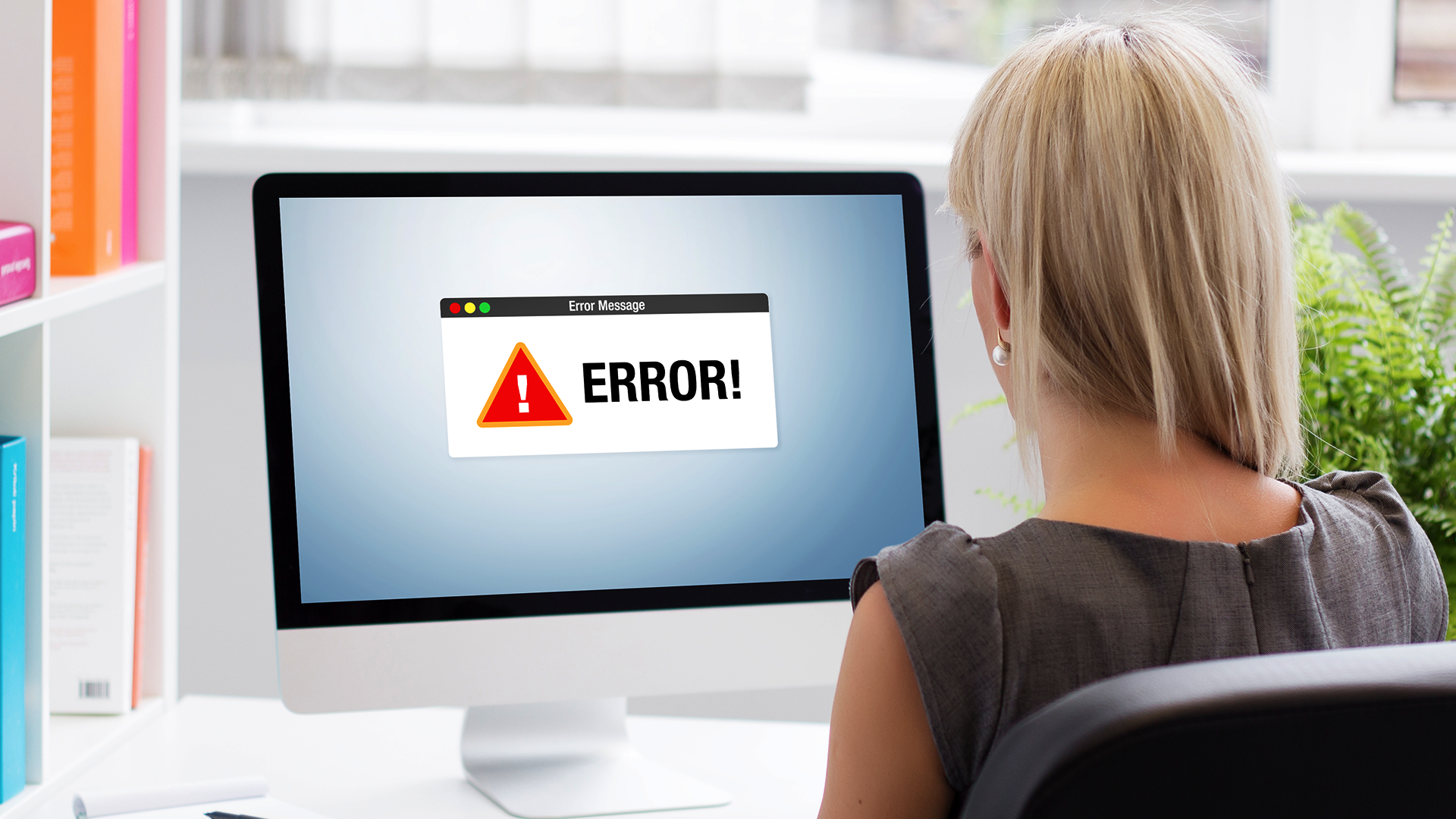
Thank you
Our team of industry domain experts combined with our guaranteed SLAs, our world class technology .


Get Immediate Help
Digital transformation is all about driving innovation, efficiency, and growth through technology. But while businesses eagerly adopt new tools, platforms, and strategies, they often neglect a critical component of their success: a security architecture review.
This oversight can lead to vulnerabilities in systems, applications, and processes—potentially undoing the very benefits transformation aims to deliver. So, what is a security architecture review, and why should it be a non-negotiable part of every digital transformation project? Let’s dive in.

A security architecture review is a comprehensive assessment of an organisation’s existing or planned security framework. It evaluates the design, implementation, and integration of security measures across systems, networks, and applications to ensure they align with best practices, compliance requirements, and organisational goals
In essence, it’s about asking:
Are our current security measures enough?
Do they align with our digital transformation goals?
Are there gaps that could leave us exposed to threats?
By answering these questions, businesses can identify risks, strengthen defences, and ensure that their digital transformation projects are built on a secure foundation.

1. Building Digital Transformation Security from the Ground Up
Digital transformation often involves integrating new technologies—cloud platforms, SaaS solutions, IoT devices, and more. Without a well-thought-out security architecture design, these integrations can create gaps that attackers exploit.
A review ensures that security isn’t an afterthought but a core part of the transformation process.
2. Addressing Cloud-Specific Security Challenges
Cloud adoption is central to most transformation projects, but it introduces unique challenges. Security architecture in cloud environments must address:
Multi-tenancy risks.
Data privacy concerns.
Regulatory compliance.
A review identifies vulnerabilities in cloud computing security architecture and helps implement solutions that protect data and systems without compromising scalability.
3. Strengthening Enterprise Security Architecture
For large organisations, enterprise security architecture ensures that security measures are consistent across departments, locations, and platforms. A review ensures that transformation initiatives don’t create silos or inconsistencies, which can weaken defences.

1. Proactive Risk Management
Instead of reacting to security incidents, a review helps organisations identify and address potential threats before they become problems.
2. Improved Resource Allocation
A review highlights areas that require attention, helping businesses allocate resources efficiently. For example, it may reveal that your network security architecture needs upgrades, while your endpoint protection is robust.
3. Compliance Assurance
With regulations like GDPR, HIPAA, and PCI DSS, businesses must prove their commitment to protecting data. A security architecture review ensures alignment with these standards, reducing the risk of non-compliance penalties.

Misaligned Security Measures
Without a review, security measures may not align with organisational goals or the specifics of a digital transformation project.
Unprotected OSI Layers
The OSI architecture in network security comprises seven layers, each requiring specific protection measures. Overlooking any layer can leave the system vulnerable.
Inefficient Security Investments
Businesses may overspend on tools that don’t address their specific needs while neglecting areas that genuinely require investment.
Increased Vulnerability in the Cloud
Without addressing security architecture in cloud environments, organisations risk data breaches, unauthorised access, and compliance violations.

1. Include All Systems and Layers
A comprehensive review covers everything from the OSI security architecture to endpoints, networks, and applications.
2. Focus on Integration
Ensure security measures work seamlessly across platforms, especially in hybrid or multi-cloud environments.
3. Use Established Frameworks
Leverage frameworks like NIST, ISO 27001, or CIS Controls as benchmarks for assessing your security architecture and design.
4. Conduct Regular Reviews
Digital transformation is ongoing, so your security architecture review should be, too. Regular assessments ensure that security measures keep pace with evolving threats and technologies.
Cloud computing security architecture is a critical component of modern transformation projects. A robust design ensures:
Data encryption and secure storage.
Identity and access management (IAM) for authorised users only.
Resilience against Distributed Denial of Service (DDoS) attacks.
For businesses embracing the cloud, a security architecture review identifies gaps in these areas and recommends solutions.
At Microminder Cybersecurity, we understand that digital transformation is only as strong as the security framework supporting it. Our Security Architecture Review services include:For organisations undertaking digital transformation projects, the following Microminder Cybersecurity services are instrumental in ensuring robust security and compliance:
1. Security Architecture Review
How It Helps: Provides a comprehensive assessment of your existing and planned security framework to identify vulnerabilities, gaps, and misalignments with transformation goals.
Benefit: Ensures your organisation’s security architecture design is robust and aligned with modern digital and compliance requirements, reducing the risk of breaches.
2. Cloud Security Solutions
How It Helps: Addresses vulnerabilities in cloud computing security architecture, ensuring secure storage, data encryption, and identity management for cloud-based operations.
Benefit: Protects sensitive data in multi-cloud or hybrid environments while enabling seamless and secure digital transformation.
3. Network Security Architecture Design
How It Helps: Strengthens protections across all OSI layers, from physical networks to application endpoints, ensuring resilience against attacks like DDoS, phishing, and malware.
Benefit: Builds a secure foundation for new technologies integrated during transformation, enhancing operational reliability.
4. Vulnerability Assessments
How It Helps: Identifies weaknesses in systems, networks, and applications that could be exploited during or after digital transformation.
Benefit: Proactively mitigates risks to critical assets, ensuring alignment with best practices in network security architecture.
5. Compliance Gap Analysis
How It Helps: Evaluates whether your current and future systems meet regulatory requirements such as GDPR, PCI DSS, or ISO standards.
Benefit: Ensures compliance during transformation efforts, avoiding costly fines and reputational damage.
6. Endpoint Protection Solutions
How It Helps: Safeguards all devices and endpoints, especially critical during digital transformations involving remote access or distributed teams.
Benefit: Protects organisational infrastructure from endpoint vulnerabilities, ensuring secure integration of new technologies.
7. Secure Software Development Lifecycle (SDLC) Services
How It Helps: Embeds security into every stage of software development, ensuring that applications used in the transformation are free from vulnerabilities.
Benefit: Reduces risks in custom software development and ensures compatibility with enterprise security architecture standards.
8. Continuous Monitoring and Threat Detection
How It Helps: Monitors digital transformation projects in real-time to detect and respond to potential threats or anomalies.
Benefit: Provides continuous protection, ensuring new systems and integrations remain secure throughout the transformation process.
9. Incident Response Planning and Testing
How It Helps: Develops and tests response plans to handle breaches or incidents during digital transformation projects.
Benefit: Minimises disruption and ensures fast recovery in case of security events.
10. Security Awareness Training
How It Helps: Educates teams on best practices for maintaining security during and after the transformation process.
Benefit: Reduces human error, which is a leading cause of security breaches during complex projects like digital transformations.
A security architecture review is more than a compliance checkbox—it’s a strategic investment in the success and resilience of your digital transformation projects. By proactively identifying vulnerabilities, aligning security measures with organisational goals, and addressing specific challenges like cloud security architecture, businesses can unlock the full potential of transformation without compromising security.
In a world where cyber threats evolve daily, having a robust security architecture design ensures that your systems, data, and operations remain protected. It also instils confidence among stakeholders, customers, and regulators, positioning your organisation as a leader in secure innovation.
Ready to ensure your digital transformation is secure, compliant, and resilient? Contact us today to schedule your security architecture review.
Don’t Let Cyber Attacks Ruin Your Business
Call
UK: +44 (0)20 3336 7200
KSA: +966 1351 81844
UAE: +971 454 01252
Contents
To keep up with innovation in IT & OT security, subscribe to our newsletter
Recent Posts
Penetration Testing | 10/11/2025
Cloud Security | 07/11/2025
Cybersecurity | 06/11/2025
What is a security architecture review?
A security architecture review is a thorough evaluation of an organisation's security framework. It examines systems, networks, and applications to ensure they align with best practices and are robust enough to protect against cyber threats.Why is a security architecture review important for digital transformation?
Digital transformation often introduces new technologies and integrations that can create vulnerabilities. A security architecture review ensures these changes are secure and compliant with industry standards.What is included in a security architecture review?
A review typically includes: Assessment of current security measures. Analysis of risks and vulnerabilities. Recommendations for enhancing security. Integration of security into digital transformation strategies.How does a security architecture review address cloud security?
A review evaluates the organisation’s cloud computing security architecture, ensuring data encryption, secure access controls, and compliance with cloud-specific security standards.What are the benefits of a security architecture review?
Identifies and mitigates vulnerabilities. Ensures compliance with regulations. Strengthens overall security posture. Protects against data breaches and cyber threats.